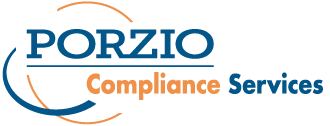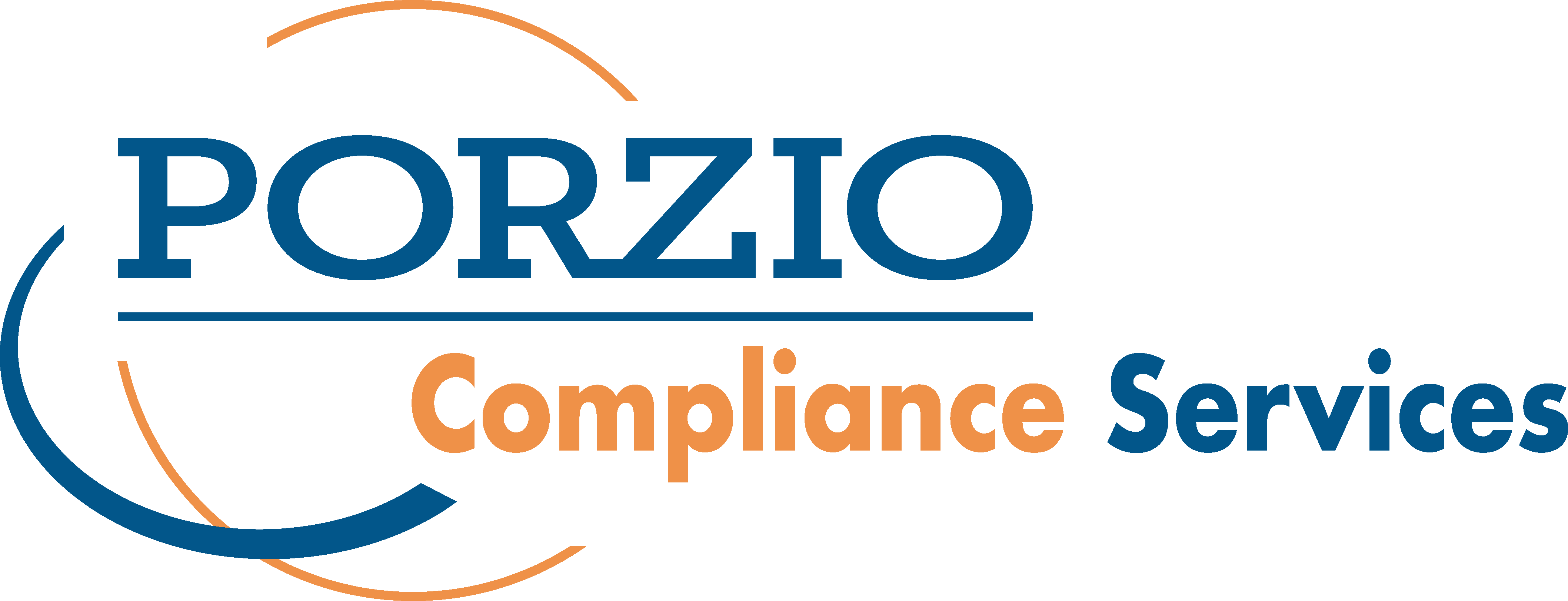Kevin M. Craig
Assistant Vice President- Safety, Security, and Investigations
Whether the subject of your emergency preparedness efforts focus on schools, businesses, houses of worship, health care facilities or any other organization, planning for emergencies is a continuous process. Many organizations establish Emergency Operations Plans (EOP’s) or implement written response protocols to fulfill regulatory requirements or comply with laws related to their industry. While this is a necessary and worthwhile endeavor, far too many organizations rarely, if ever, revisit these plans to ensure that they are kept current and evolve with the ever changing threat environment that we live in.
Organizations often view emergency planning as a one-time endeavor. This misconception results in EOP’s or policy manuals resting neatly on shelves within organizations, only to be dusted off in the midst of a crisis. This is typically when these plans are identified as being woefully out of date and of little use to those managing the crisis. As a result, those responsible for emergency response are relegated to figuring things out on the fly, without the benefit of comprehensive plans and relationships established during the planning process.
Effective and useful EOP’s take significant time, effort, and collaboration. The planning process is never ending and must include a number of components to achieve the level of preparedness that we should all strive to achieve in our organizations.
Engaging Stakeholders and External Partners
It is relatively easy to engage with internal leadership and staff to have discussions about emergency planning. Those within the organization at various levels provide valuable input related to emergency planning and how procedures may need to be adjusted to address challenges on the operational level. Equally important, however, is the inclusion of external stakeholders and emergency partners who will have roles in emergency responses during all phases of the emergency management cycle.
Law enforcement, fire fighters, emergency medical services, and emergency management personnel are typically associated with emergency response protocols and should undoubtedly be included in the process. There are others that should have a seat at the planning table as well. Health care providers, mental health professionals, risk managers, legal team, and consultants can provide valuable insights in the process. When forming a planning team, it is important to remember that planning for emergencies must include all phases- before, during, and after a crisis. While police, fire, and OEM partners focus primarily on response (during), the other partners mentioned are vital to prevention, protection, and mitigation (before), as well as recovery (after).
Identifying Threats and Assessing Risk
It is safe to assume that we cannot plan if we don’t know what we are planning for. Identifying threats and hazards, as well as assessing and prioritizing risk and vulnerabilities, are vital to the planning process. Much like overarching planning process, assessing threats and hazards is a continuous process. This is clearly evident in recent events throughout the world.
It is unlikely that organizations, particularly schools, houses of worship, and health care facilities do not have some form of active shooter/active assailant protocol established in today’s society. Prior to 2020, however, it would not be as accurate to assume that organizations had established procedures and plans to address things like a global pandemic, civil unrest, or domestic terrorism. These threats have significantly evolved in recent months and have consumed emergency preparedness efforts in many ways. While we cannot prepare for all eventualities before they arise, regular assessments should be part of the planning process to identify new and emerging threats to plan accordingly and prioritize resources. Engaging outside partners to assist with identifying threats and hazards and mitigating vulnerabilities can add value and avoid internal biases that can result in overlooking vulnerabilities and overestimating response capabilities.
Goals, Objectives, and Plan Development
Once threats and hazards have been identified and prioritized, planning partners may begin establishing the formal procedures to be included in the EOP. These procedures must be developed to focus on the goals and objectives related to each type of threat and how the organization will effectively engage in prevention, preparation, response, and recovery efforts. The protocols must also be designed to address the entire population, including individuals with disabilities or other circumstances that may impede emergency responses or require accommodation.
While the format can take many forms, the one most widely accepted and recommended includes three components. The Basic Plan provides the foundation, purpose, and formalities associated with the planning process and partnerships. The Functional Annexes section details actions that organizations will follow over a broad array of emergencies, such as evacuation, lockdown, shelter-in-place. Threat and Hazard Specific Annexes address those actions to be taken in response to a particular emergency, such as an earthquake, hurricane, or even a pandemic.
An important part of plan development is a thorough review of the plan for completeness and compliance with all relevant laws and regulations. Once reviewed, the plan should be formally approved by organizational leadership and shared with internal and external stakeholders that will take part in implementation of the plan.
While it is important that the broader community be aware that comprehensive plans have been established in collaboration with external partners, caution should be taken to safeguard the plans from broad release beyond those who will be directly involved in plan implementation. In most cases, emergency operations plans, security plans, building floorplans and the like are exempted from open public records laws and should not be released. Any release based on such a request should be carefully considered in consultation with organizational legal teams.
Plan Development is Just the Beginning
The development of a comprehensive EOP is just the beginning of our preparedness efforts. In order to be truly prepared, everyone within the organization needs to know and understand their roles and responsibilities. The only way to ensure this is through sharing the plan, training staff, and regularly exercising the various components of the plan with staff and partners.
The old adage, “If you don’t use it, you lose it” is as true in emergency preparedness as it is anywhere. We cannot reasonably expect people to respond effectively without frequent training and practice. Training must incorporate all employees, regardless of how long they have been with the organization. New employees must be trained in emergency protocols as part of their onboarding process, and substitute or temporary employees must not be forgotten.
In addition to formalized training, drills and exercises during which actual responses are practiced under controlled circumstances are vital. These drills serve multiple purposes. They provide opportunities to practice responses and also identify shortcomings and vulnerabilities that may require adaptations and revisions to existing protocols. Contemporary guidance on drills and exercises emphasizes the importance of planning drills that are age appropriate and focused on effective emergency responses, not trauma inducing realism. Drills are important, but need not be traumatic.
Don’t Put Emergency Planning on a Shelf
As illustrated in the prior sections, all aspects of emergency planning requires continuous assessment, review, and practice. Treating planning as a one-time process with a finished product provides nothing more than a false sense of security and a binder of information that will quickly become obsolete. EOP’s are living documents that require attention, nurturing, and exercise to be useful.
If you are an organizational leader or responsible for your organization’s preparedness efforts, ask yourself these questions. Is my plan a living document? Is it shared appropriately? Does everyone know their role? Does the plan account for the needs of all? Have we trained and exercised the plan? Will the plan be of any value in a crisis? Are we really prepared?
If you are confident that you can affirmatively answer these questions, you are well on your way. If not, it is time to take your plan off the shelf and get to work!



